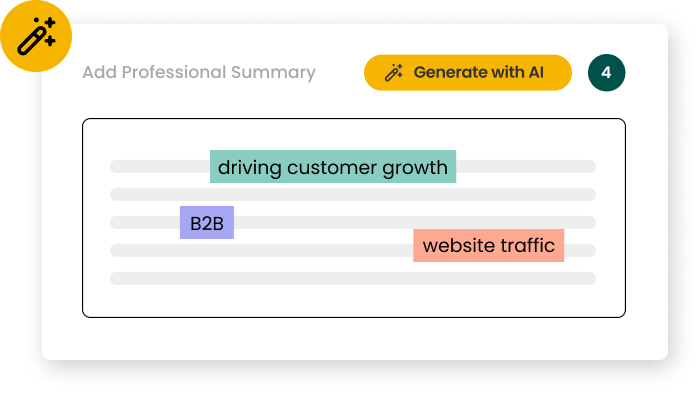How long should I make my Career Change resume?
For a Career Change resume in 2025, aim for one to two pages. This length allows you to showcase relevant skills and experiences from your previous career while highlighting transferable abilities. Use the space wisely by focusing on achievements that align with your new career path. Include a strong summary statement and emphasize projects or volunteer work that demonstrate your passion and aptitude for the new field.
A hybrid format works best for Career Change resumes, combining chronological work history with a skills-based approach. This format allows you to highlight transferable skills while maintaining a clear work timeline. Include sections for Summary, Skills, Work Experience, Education, and Relevant Projects or Volunteer Work. Use bullet points to improve readability and bold key achievements to draw attention to your most relevant accomplishments.
What certifications should I include on my Career Change resume?
For Career Changes in 2025, consider certifications like Project Management Professional (PMP), Certified Scrum Master (CSM), or industry-specific certifications relevant to your new field. These demonstrate your commitment to learning and adapting to a new career. Present certifications in a dedicated section, listing the most relevant ones first. Include the certification name, issuing organization, and date of completion to add credibility to your career transition.
What are the most common mistakes to avoid on a Career Change resume?
Common mistakes in Career Change resumes include focusing too much on irrelevant past experiences, failing to highlight transferable skills, and not explaining the motivation for the career change. Avoid these by carefully curating your work history, emphasizing skills applicable to your new field, and including a brief explanation of your career transition in your summary. Always tailor your resume to the specific job description and have it reviewed by someone in your target industry for feedback.
